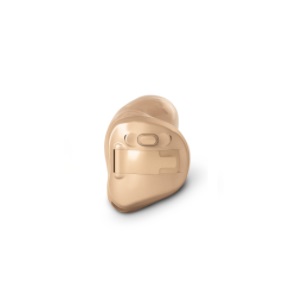Hearing Aids
Hearing Aid Overview
Hearing aids are small electronic devices that are worn in or behind the ear to amplify sound for people who have hearing loss. Hearing aids capture the sounds from the surrounding environment and amplify the signals before sending them to the user's ear. Hearing aids can be prescribed to treat a wide range of severities, from mild and moderate to severe hearing loss. They are the most common form of treatment for hearing loss, which is the third most common medical condition in the US.
Hearing aids come in a variety of shapes, colors, and sizes and can be customized to fit the individual needs of each user. Hearing aids have evolved significantly over the years and now offer a wide range of features such as noise reduction, feedback cancellation, directional microphones, remote control operation, and wireless streaming. With the advancements in technology, hearing aids are now much more comfortable and discreet to wear while providing exceptional sound quality.

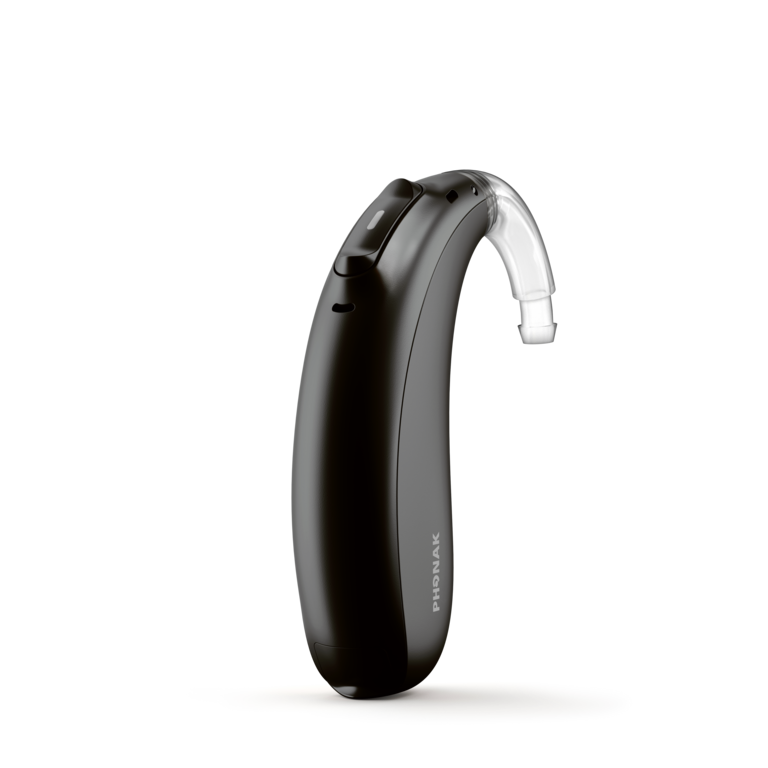
Behind-The-Ear (BTE)
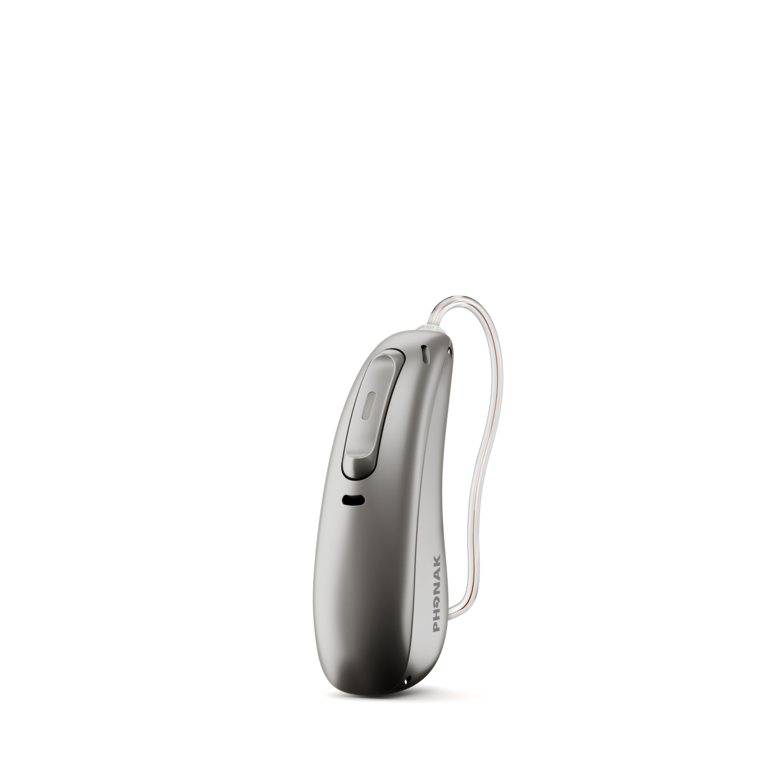
Receiver-In-Canal (RIC)
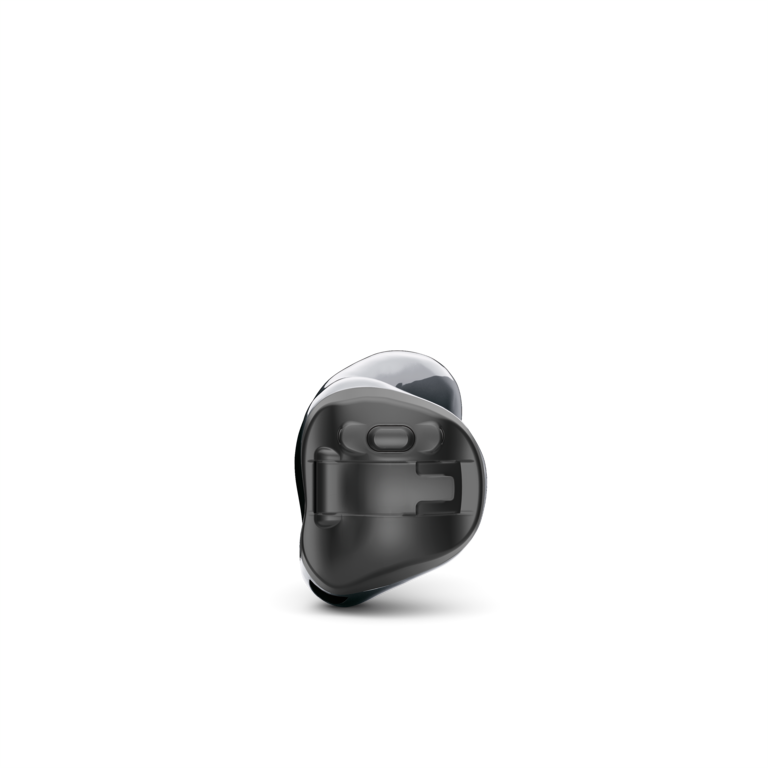
In-The-Ear (ITE)
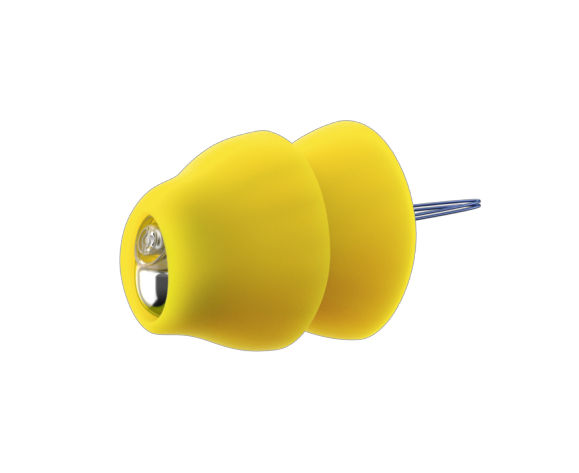
Invisible-In-Canal (IIC)
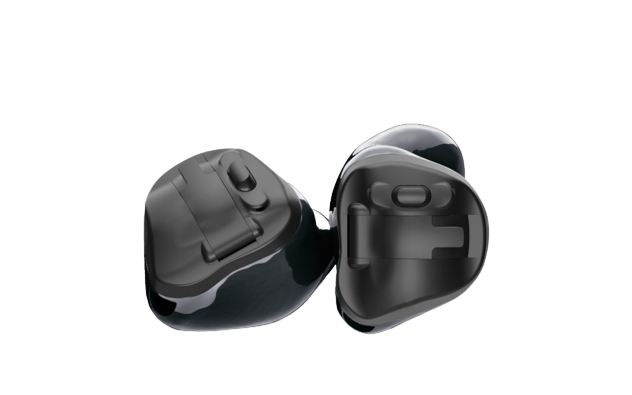
Completely-In-Canal (CIC)
